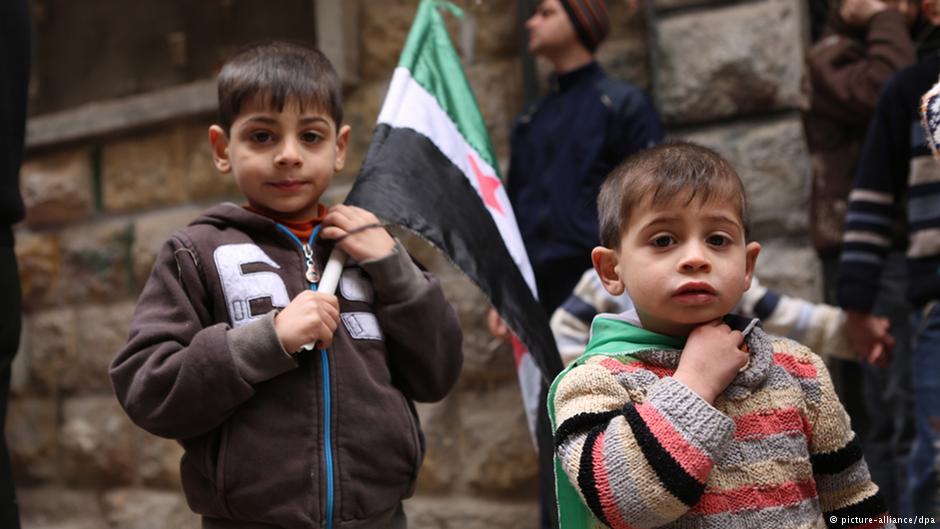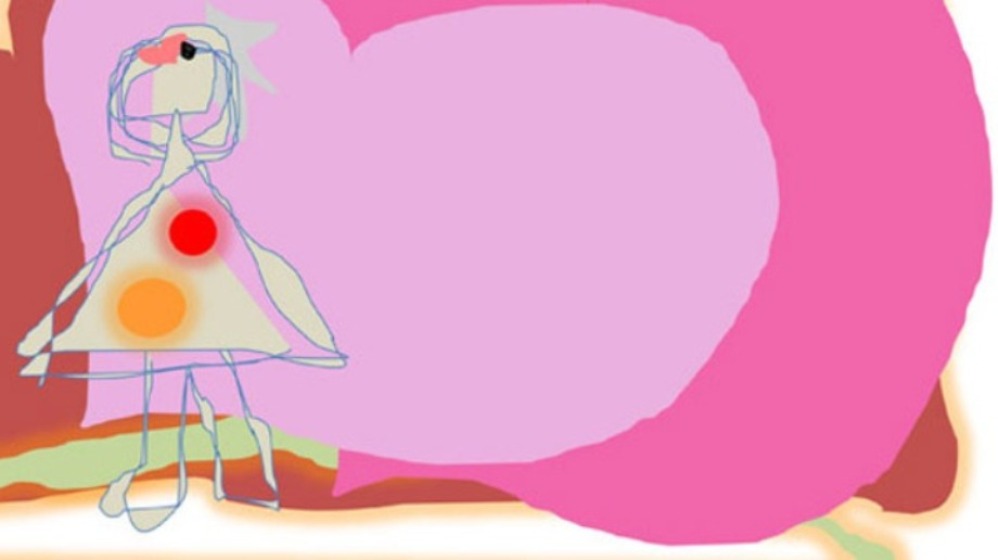Working through the trauma

A book can comfort, stimulate and in some cases offer a distraction from unhappy thoughts. Many children and their parents who have come to Germany as refugees have experienced terrible things in their war-torn homelands and on their way to Europe. Telling or reading aloud stories provides them with a little relief in their often exhausting everyday lives. At the same time, books give them a first point of access to the German language and offer some orientation in what for them is still a foreign country.
On behalf of the Federal Ministry of Education and Research, Stiftung Lesen (German Reading Foundation) launched a three-year programme in December 2015 entitled ″Lesestart für Flüchtlingskinder″ (i.e. Initial Reading for Refugee Children) and is equipping playrooms in refugee reception centres with boxes of books and media. Children up to the age of five are given a Lesestart set with a book, while trained volunteers are on hand to read aloud to them, giving them a gentle introduction to the German language and to life in Germany.
Many children and indeed their parents are suffering severely from the effects of war and their escape from their homelands. In the Lesestart project, however, their terrible experiences are not the central focus. ″Our volunteer readers are not trauma therapists,″ emphasises project leader Melitta Gores. ″What we want to do is give the children some time out and in a playful way to arouse their interest in books and the German language.″
Strengthening the powers of self-healing
Can psychological damage in fact be repaired through reading and by engaging with books? ″A book cannot heal a trauma, but it can provide some relief and strengthen a person’s powers of self-healing,″ says Susanne Stein. An educator from Hamburg, she has designed a trauma picture book for refugee children and their families entitled ″Das Kind und seine Befreiung vom Schatten der großen, großen Angst″ (The child and the liberation from the shadow of the terrible big fear).

In it, she describes the story of a child that has experienced something overwhelmingly terrible during a war. The child escapes with its family to a safe country, but is still accompanied by the dark shadow of the great fear. The idea came about during visits to a refugee housing facility in Hamburg. Originally, Susanne Stein simply wanted to give a donation, but ended up meeting, talking to and finally developing very personal relationships with refugees who had had traumatic experiences.
Susanne Stein, who is also an expert in organisation development, observed that many children were suffering from ongoing fears. ″Some acquire small tics or behave in a way that does not reflect their age,″ she explains. This may include uncontrolled crying, screaming or trembling, wetting themselves, harming themselves or aggressive behaviour towards others. It is also possible that children will constantly repeat the same action, turning in a circle or drumming with their hands and feet. Parents often do not know what to do. They want to help but do not know how. ″They cannot understand what their daughters and sons are feeling – after all, they are now all safe,″ says Susanne Stein. The situation is also difficult for the children, who themselves suffer from certain behavioural patterns which they are unable to change.
Learning to deal with the symptoms
The book is designed to help traumatised children and their parents to make better sense of what has happened to them. ″It is a great relief for both if they are given explanations for their ongoing fears and physical symptoms,″ says Susanne Stein. ″Then parents can learn to respond in a way that makes the children feel somewhat better and if necessary to seek expert help.″ Young adults who came to Germany as refugee children have also written to her to explain how much they were helped by the book. ″Many say that it would have been easier for them if they had had a book like this when they were children,″ recounts Susanne Stein. ″Nobody understood them back then, nor indeed did they understand themselves.″

Originally the trauma picture book was intended for shared use in the families affected. These days it is also being used in psychotherapy practices and clinics, as well as in nurseries, schools, associations and refugee accommodation facilities. The book shows that psychological support is available for traumatised people and thus opens the door to therapy. At the end of the story, children are presented with ideas about how to express their feelings by drawing pictures themselves, while parents are provided with a brief guide to help them support their children.
Identification – but also a beneficial distance
Trauma is caused by overwhelming experiences of fear and powerlessness. The book describes this phenomenon and shows that trauma has nothing to do with guilt or weakness. The images allow identification, though the book also creates a beneficial distance to the events: the young readers hold it in their hands, look at the stories in the book and can put it down or skip some pages at any time. ″The children themselves control how they use the book – even if they tear up a page in their anger,″ says the author. ″Once again they feel as if they are in charge.″
Essentially, the story functions in much the same way as a fairy-tale: the child finds itself caught up in a bad situation, is injured but survives and escapes. With support, it is liberated from its feelings of powerlessness and becomes healthy and happy again. Even if Susanne Stein did not intend when writing and designing her book for it to have parallels with classic fairy-tales such as those of the Brothers Grimm, they are nonetheless obvious. ″Children rediscover their inner situation which they would find it difficult or impossible to label themselves,″ says the author. And there is a happy ending. As Susanne Stein has seen time and time again, the book has already touched many people, boosting their confidence and hope. ″A small picture book can accomplish nothing more than this.″
Gunda Achterhold
© Goethe-Institut 2016
Translated from the German by Chris Cave